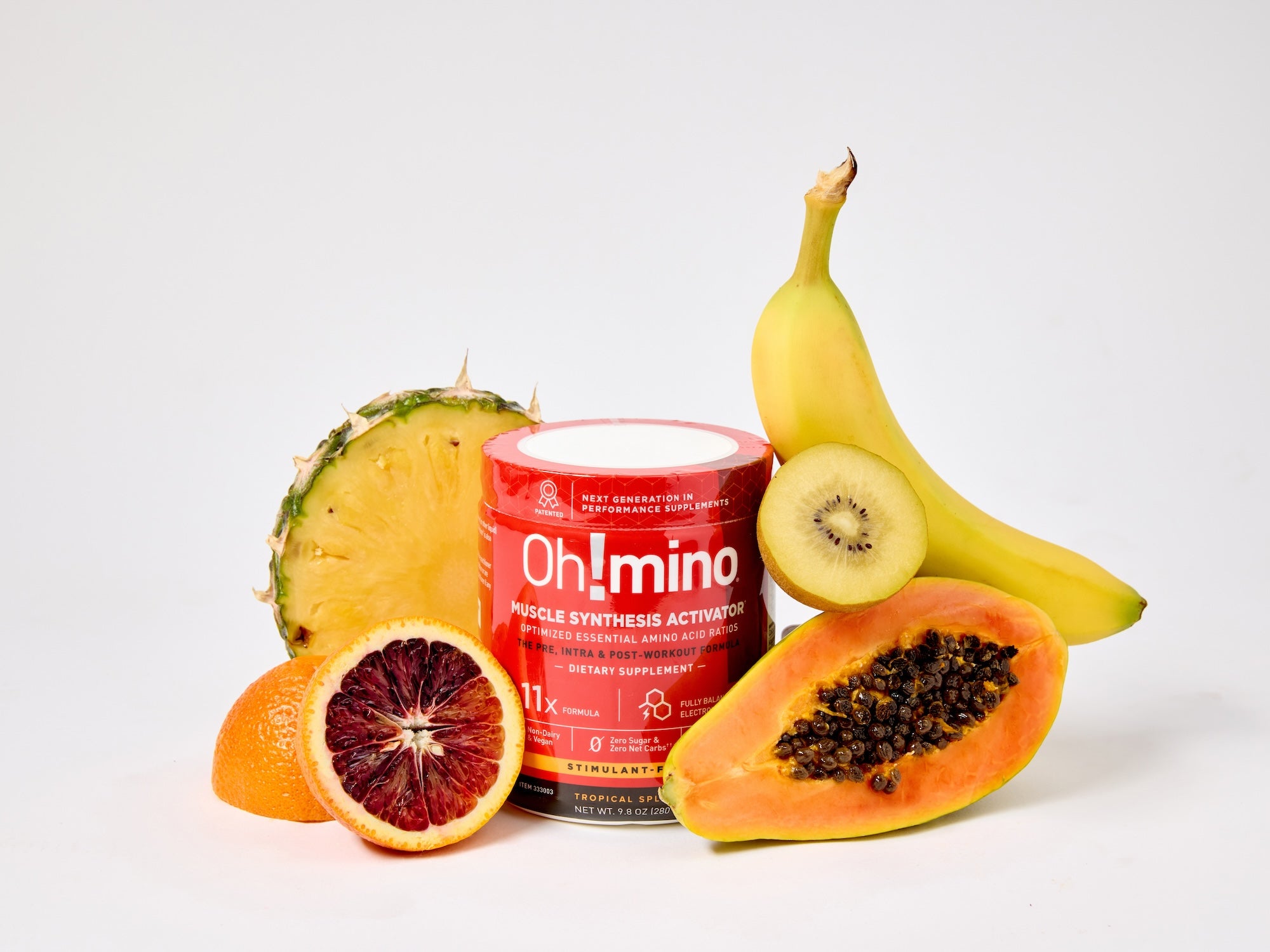The debate between dynamic and static stretching is a common fixture in fitness conversations.
Both practices bring different benefits to the table and are tailored for various moments in an exercise regimen.
Understanding when to employ each type of stretching can contribute to better performance and recovery.
Dynamic Stretching
Definition:
Dynamic stretching is characterized by gentle, controlled movements that gradually increase in reach and speed. It simulates natural motion, warming up the body in the process.
Benefits:
- Increases Blood Flow: Jump-starts blood circulation to the muscles, priming them for the upcoming physical exertion.
- Improves Range of Motion: Consistent practice enhances flexibility in the joints and muscles, beneficial for athletic performance.
- Mimics Athletic Movements: Often replicates the sports or activity's movement patterns, providing functional preparation.
- Mental Preparation: Serves as a catalyst for mental readiness and focus ahead of workouts or competitions.
When to Use:
- Before Athletic Activities: Ideal for prepping the muscles for the intensity of sports, running, or resistance training.
- Beginning of Workouts: Provides an excellent start to any workout, setting the stage for both mental and physical engagement.
Static Stretching
Definition:
Static stretching involves extending a muscle to its furthest point and then holding that position for a period, usually between 15 to 60 seconds.
Benefits:
- Increases Flexibility: Leads to enhanced muscle and joint flexibility when incorporated regularly.
- Promotes Relaxation: The deliberate, tranquil nature aids in reducing muscle tension and stress.
- Assists in Recovery: Can alleviate muscle lactic acid build-up after a workout, potentially hastening recovery.
- Decreases Muscle Stiffness: Regular practice may help mitigate soreness and stiffness, especially prevalent post intense workouts.
When to Use:
- Post-Workout or Activity: Most effective post-exercise to encourage muscle lengthening and flexibility due to increased elasticity from the workout.
- During Cool-Down: Integrates into cool-down routines to help slow the heart rate and induce a state of relaxation.
- Rest Days: On non-workout days, aids in maintenance of flexibility and minimization of muscle stiffness.
In Conclusion:
The choice between dynamic and static stretching isn't a contest of superiority, but rather a strategic decision based on the timing, individual goals, and workout specifics.
Dynamic stretching reigns supreme for pre-activity warm-ups by priming muscles for action, whereas static stretching serves best post-exercise, aiding in flexibility, decompression, and recuperation.
Stretching Plans
Pre-Gym Workout (Warm-Up)
Duration: 10-15 minutes
Cardio Warm-Up (5 minutes):
Exercise: Brisk walking or light jogging.
Purpose: Elevating heart rate and body temperature.
Dynamic Stretching (5-7 minutes):
Examples: Leg Swings, Arm Circles, Torso Twists, Hip Circles.
Purpose: Preparing muscles and joints for movement.
Joint Rotations (2-3 minutes):
Purpose: Enhancing flexibility and reducing risk of injury.
Post-Workout Stretching Plan
Duration: 10-15 minutes
Upper Body (5-7 minutes):
Stretches: Triceps Stretch, Shoulder Stretch, Upper Back Stretch.
Purpose: Loosening tight muscles and aiding in recovery.
Lower Body (5-7 minutes):
Stretches: Quadriceps Stretch, Hamstring Stretch, Calf Stretch.
Purpose: Relieving tension and enhancing flexibility.
Spine & Core (2-3 minutes):
Stretches: Cat-Cow Stretch, Child's Pose.
Purpose: Reducing spinal stiffness and promoting overall relaxation.
During stretching, comfort is key and pain is a warning; stretches should be eased if discomfort arises.
It's always wise to consult a fitness professional or physical therapist about proper techniques tailored to individual needs.
Stay fit my friend,
Michael
Founder & CEO


